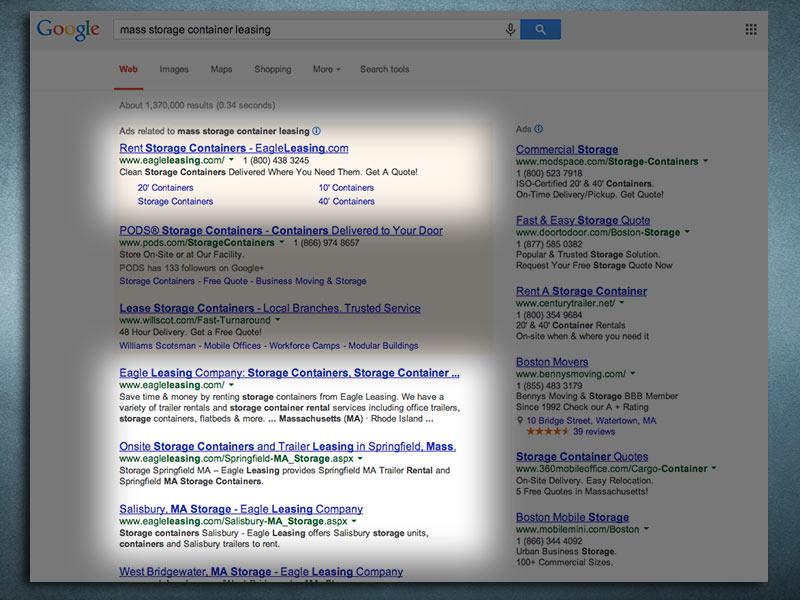
Turn prompts into photos using AI - PicASAP
May 8, 2025, 1:12 amTurn text prompts into stunning AI-generated photos instantly with PicASAP. Fast, free, and easy AI photo creation online. Yes, looking so real!
Read More
Online advertising isn’t just about throwing money at Google or Facebook and hoping something sticks. In today’s fast-moving digital world, effective advertising requires strategy, testing, and a deep understanding of your audience. Whether you're a small business owner, marketer, or entrepreneur trying to get noticed, the right techniques can make a huge difference.
Let’s walk through some of the most effective, real-world-tested advertising techniques that are working in 2025—and how you can apply them to your business.
Pay-Per-Click (PPC) advertising, especially on platforms like Google Ads, is one of the most powerful ways to capture high-intent traffic.
The trick isn’t just bidding on broad terms—it’s about using long-tail keywords and negative keywords to refine your audience.
🎯 Real example: Instead of targeting "running shoes", a local brand used “best trail running shoes for women 2025” and saw a 3x increase in conversion rate.
Pro tip: Use Google Ads’ “Search Terms” report weekly to trim wasted spend and double down on what’s working.
Most people won’t convert on their first visit. That’s where re-targeting (a.k.a. re-marketing) comes in.
Platforms like Facebook Pixel or Google Display Network let you show ads to people who already visited your site or abandoned a cart. These are warm leads—you just need to stay on their radar.
📈 Stat: Re-targeted visitors are 70% more likely to convert than new visitors (Criteo).
Set up segmented campaigns for:
Blog readers (nurture with lead magnets)
Product viewers (show testimonials or offers)
Cart abandons (remind with urgency or discounts)
Native ads blend into the content experience. You’ve seen these on platforms like Outbrain, Taboola, or even promoted posts on LinkedIn.
The key? Value-first storytelling.
✏️ Example: A personal finance startup ran native ads titled “A 34-Year-Old Paid Off $90K in Debt Without Cutting Coffee” and linked to a blog post. Result? 4x cheaper cost-per-click than traditional display ads.
Avoid clickbait. Focus on helpful, curiosity-driven headlines that lead to useful content (not just a sales page).
Facebook, Instagram, TikTok, and LinkedIn ads can perform incredibly well—if your creative stands out.
Great social ads feel like content, not commercials. Use native formats (Reels, Stories, Carousels) and test multiple creatives.
What works in 2025:
UGC-style (User-Generated Content) videos
Short how-tos or problem-solution clips
Clear CTAs in the first 3 seconds
🎥 Real example: A skincare brand ran a 15-second TikTok ad with a customer unboxing and using the product. ROAS? 5.2x on a $1,000 test budget.
Influencer marketing doesn’t have to mean $10K deals with celebrities. Micro-influencers (those with 5K–50K followers) often have more engaged audiences and are affordable.
Partner with creators who already talk to your niche. Let them produce their own spin on your product to keep it authentic.
Use influencer content in your ads as well. This “social proof” boosts credibility and click-through rates.
No matter how good your ad is, if your landing page doesn’t convert, you’re wasting money.
What works:
A strong, benefit-driven headline
Social proof (reviews, testimonials, trust badges)
Minimal distractions (no random links or menus)
A single, clear CTA
Use tools like Unbounce, Carrd, or Webflow to test and tweak layouts. A/B testing is your friend—sometimes just changing a CTA button color or headline can lift conversions by 20%+.
If you're a location-based business (restaurant, clinic, salon), local ads are your secret weapon.
Use:
Google Local Services Ads
Facebook “Nearby” targeting
Waze ads (for real-time driving directions to your store)
🧭 Example: A Vietnamese restaurant in Da Nang used Google Maps ads to appear for “best Indian food near me” and saw weekend foot traffic jump 25%.
Don’t forget to optimize your Google Business Profile—it plays a major role in visibility and local ad quality scores.
Ad platforms are now smarter than ever. Use dynamic creatives, audience expansion, and AI-driven bid strategies to improve results without micromanaging every detail.
Google Performance Max and Meta Advantage+ campaigns are solid tools when you're scaling.
But always keep human oversight—AI helps, but it doesn’t understand your brand like you do.
You can’t improve what you don’t measure. Every campaign should have:
A clear goal (clicks, leads, sales)
Pixel tracking or UTM parameters
Weekly performance reviews
Use dashboards like Google Analytics 4, Meta Ads Manager, or tools like Triple Whale for e-commerce brands.
If an ad under performs, test a new angle, image, or target segment. Iteration beats guesswork every time.
Online advertising isn’t about being everywhere—it’s about being in the right place, with the right message, at the right time. Blend creativity with strategy. Test more than you assume. And most importantly, focus on delivering value at every step of the user journey.
If you treat advertising as a conversation—not a pitch—you’ll build not just clicks, but loyal, converting visitors.


Turn text prompts into stunning AI-generated photos instantly with PicASAP. Fast, free, and easy AI photo creation online. Yes, looking so real!
Read More
April 30, 2025, 11:40 pm
Hi, my name is Alexamaster Support, a creative blogger who writes popular blog pages in the Alexa Master Community. Are you wondering about becoming an active blogger? Just create your free alexamaster user account today and start changing the blog world!